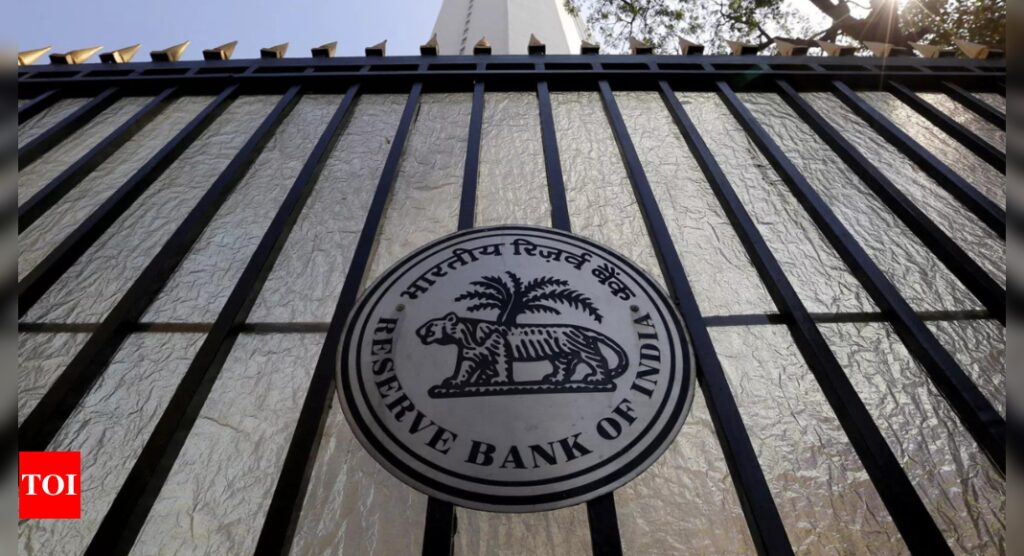[ad_1]
Bond yields have spiked since October 6, when the central bank said it will keep monetary policy restrictive and sell bonds to manage banking system liquidity. Bond prices move inversely to yields.
India’s benchmark 10-year bond yield rose to a seven-month high of 7.40% on Monday, rising from a two-month low of 7.07% hit on September 22. It was at 7.31% at 2:10 pm on Friday.
“Yes, the levels are lucrative, and we would be on the buy side, but banks will also have to take into account the liquidity conditions and also additional supply from the central bank,” a treasury head at a mid-sized state-run bank said.
State banks are among the largest investors in government bonds in India.
These lenders have bought 253 billion rupees ($3 billion) of government debt since September 22, including 100 billion rupees on October 6.
Banking system liquidity – the quantum of funds in the interbank market – has largely been in deficit from the middle of September.
Bond traders expect the banking system’s cash position to stay in deficit because of tax payments and likely bond sales by the
Reserve Bank of India (RBI).
The RBI’s focus on bringing inflation close to its target of 4% means yields won’t fall much, lowering the chances for booking profits.
“After the policy day, they (state banks) have already slowed down,” Vijay Sharma, a senior executive vice president at PNB Gilts, said.
“This time, it would not be easy for them to keep on adding (positions), as they are also facing depreciation pressure on previous investments.”
Bond purchases would be incremental and linked to rise in yields, say at every 3-4 basis points, the treasury head at the state-run bank said.
[ad_2]
Source link











More Stories
India’S Growth Forecast: S&P ups India’s FY’24 growth forecast to 6.4% on robust domestic momentum
India to remain fastest-growing major economy, but demand uneven: Poll
Jack Ma: Jack Ma gets back into business with ‘Ma’s Kitchen Food’